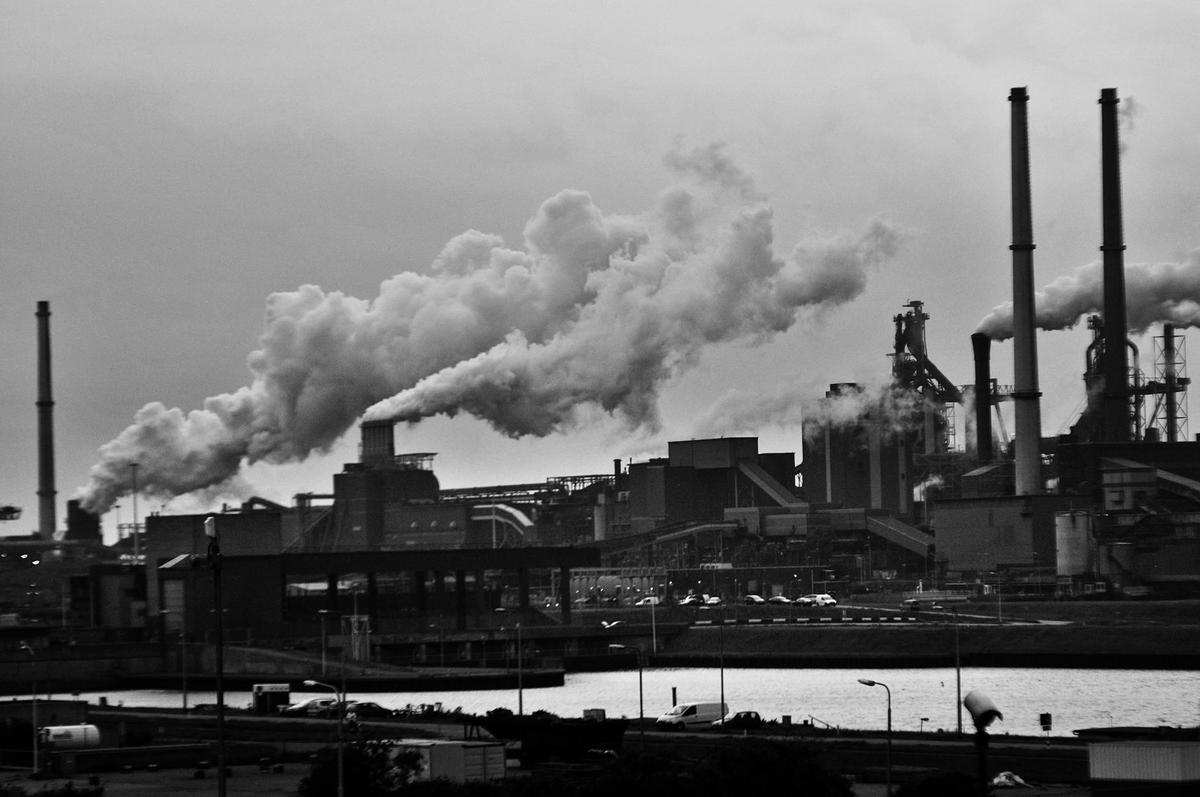
The Promise of Carbon Capture and Storage (CCS) Technologies
Amidst the growing concerns over climate change, Carbon Capture and Storage (CCS) technologies offer a beacon of hope in reducing atmospheric carbon dioxide emissions. As nations strive to meet their climate goals, CCS emerges as a promising strategy to mitigate the adverse impacts of greenhouse gases.
Carbon Capture and Storage (CCS) is a technology designed to capture carbon dioxide emissions produced from the use of fossil fuels in electricity generation and industrial processes, preventing CO2 from entering the atmosphere. This technology has been hailed as a critical component in the fight against climate change.
Understanding CCS Technologies
CCS involves three main steps: capturing the carbon dioxide, transporting it to a storage location, and securely storing it underground. This process is designed to mimic natural processes that prevent CO2 from re-entering the atmosphere for thousands of years.
Expert Opinions
According to the International Energy Agency (IEA), deploying CCS at a large scale is essential for achieving the net-zero emissions targets by mid-century. The agency emphasizes the need for policy support and public-private partnerships to advance the technology. Dr. Fatih Birol, Executive Director of the IEA, states, “CCS is one of the few technologies that can significantly reduce emissions from existing infrastructure.”
Statistics and Research Findings
Research from the Global CCS Institute indicates that there are currently 26 commercial CCS facilities in operation worldwide, capturing approximately 40 million tonnes of CO2 annually. This number needs to grow exponentially to meet global climate targets.
Real-World Example
Norway’s Sleipner project, operational since 1996, is a pioneering example of CCS. It captures CO2 from natural gas production and stores it in a saline aquifer underneath the North Sea, preventing millions of tonnes of CO2 from reaching the atmosphere.
Actionable Tips for Supporting CCS
- Advocate for policies that support CCS development and implementation.
- Invest in renewable energy sources alongside CCS to maximize emission reduction efforts.
- Support research and innovation in CCS technologies through academic and industry collaboration.
Benefits and Challenges
| Benefits | Challenges |
|---|---|
| Reduces greenhouse gas emissions | High initial costs |
| Facilitates low-carbon energy transition | Technical complexities |
| Enhances energy security | Storage site availability |
| Prolongs the use of existing infrastructure | Public perception and acceptance |
| Supports industrial decarbonization | Need for regulatory frameworks |
| Job creation in new sectors | Long-term monitoring requirements |
| Potential for negative emissions | Limited current deployment |
| Supports climate goals | Policy and financial barriers |
Conclusion
Carbon Capture and Storage technologies hold significant promise for reducing global carbon emissions and helping to achieve climate targets. By understanding the benefits and challenges of CCS, supporting policy development, and investing in research, we can harness its full potential in combating climate change. As we move forward, it is crucial to integrate CCS with other sustainable practices to ensure a comprehensive approach to achieving a greener future.
FAQs on Carbon Capture and Storage
What is Carbon Capture and Storage (CCS)?
CCS is a technology aimed at capturing carbon dioxide emissions from sources like power plants and storing it underground to prevent it from entering the atmosphere.
Why is CCS important for climate change mitigation?
CCS is important because it can significantly reduce emissions from existing infrastructure and industries, making it a vital component of a comprehensive climate change strategy.
Are there any operating CCS projects today?
Yes, there are currently 26 commercial CCS facilities in operation worldwide, capturing around 40 million tonnes of CO2 annually.
What challenges does CCS face?
CCS faces challenges such as high initial costs, technical complexities, public perception, and the need for supportive policies and regulatory frameworks.


